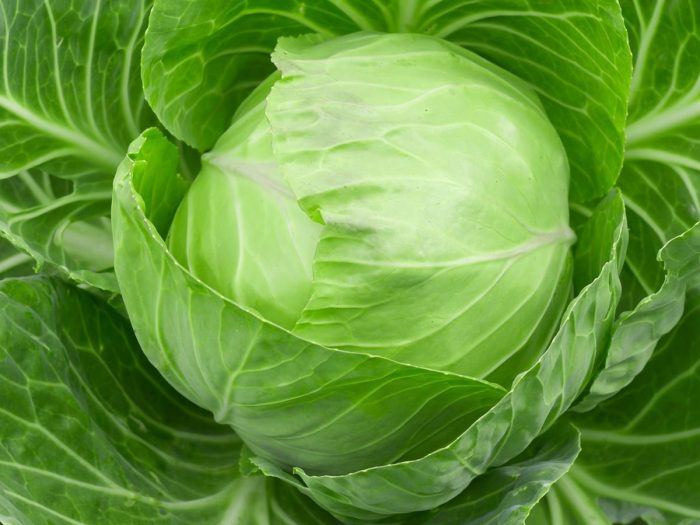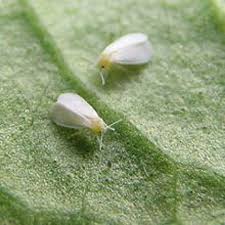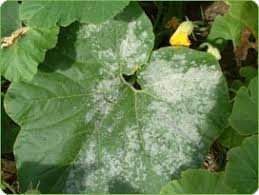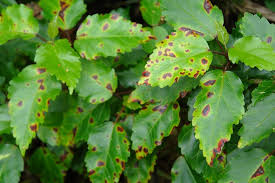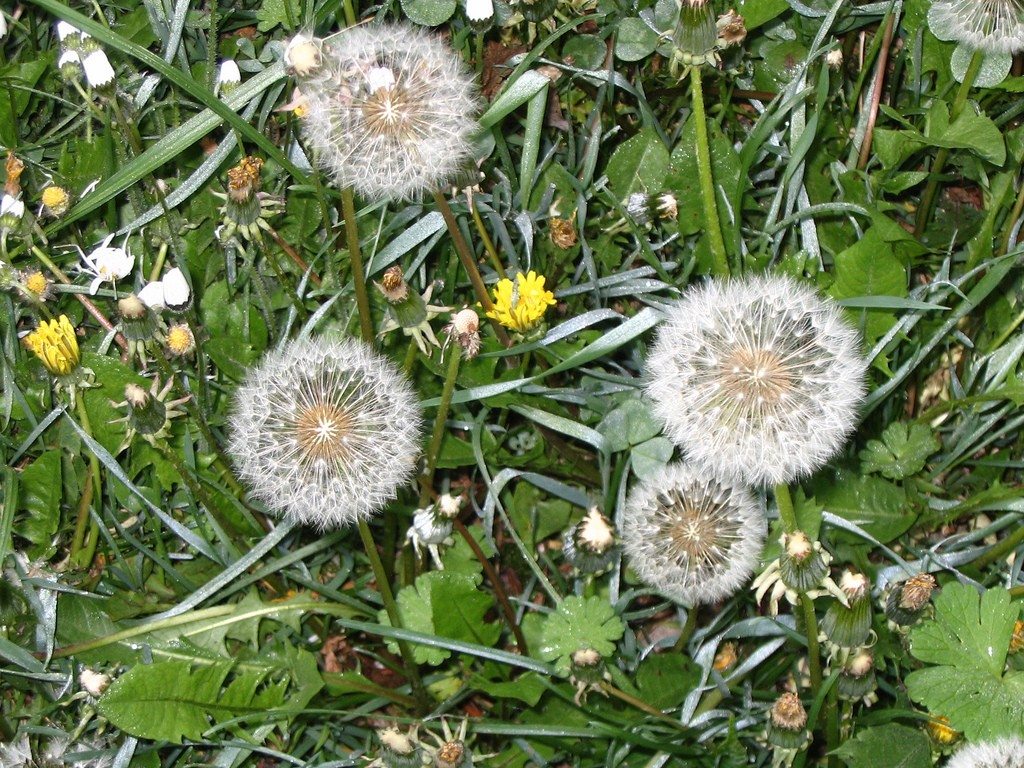Crop Detail
Cabbage (Brassica oleracea) is a leafy green, red (purple), or white (pale green) biennial plant grown as an annual vegetable crop for its dense-leaved heads. Cabbage heads generally range from 0.5 to 4 kilograms (1 to 9 lb), and can be green, purple or white. Smooth-leafed, firm-headed green cabbages are the most common. Smooth-leafed purple cabbages and crinkle-leafed savoy cabbages of both colors are more rare. It is a multi-layered vegetable. Cabbage was most likely domesticated somewhere in Europe before 1000 BC, although savoys were not developed until the 16th century AD. By the Middle Ages, cabbage had become a prominent part of European cuisine. Cabbage heads are generally picked during the first year of the plant's life cycle, but plants intended for seed are allowed to grow a second year, and must be kept separate from other cole crops to prevent cross-pollination. Cabbage is a good source of vitamin K, vitamin C and dietary fiber. The Food and Agriculture Organization of the United Nations (FAO) reported that world production of cabbage and other brassicas for 2014 was 71.8 million metric tonnes, with China accounting for 47% of the world total.
|




